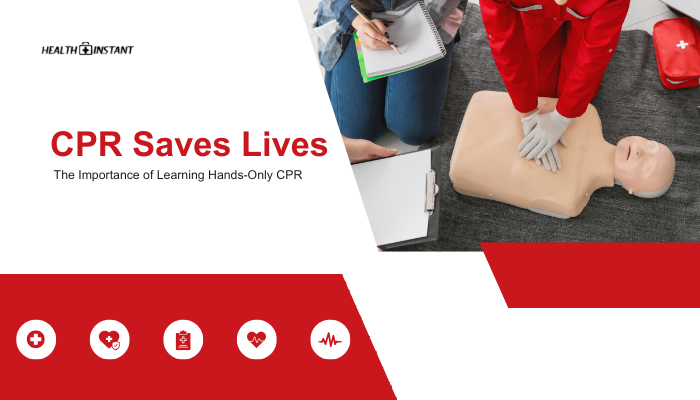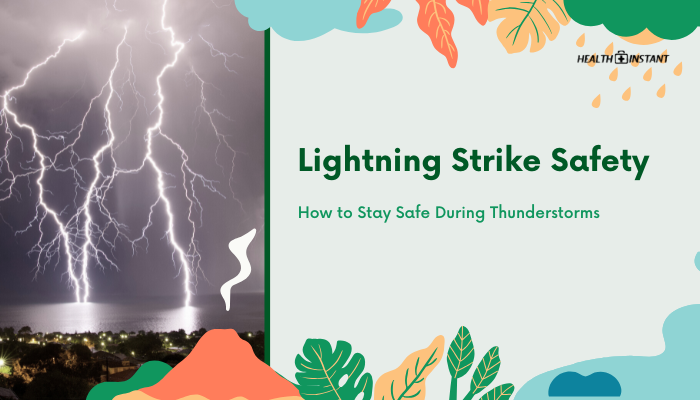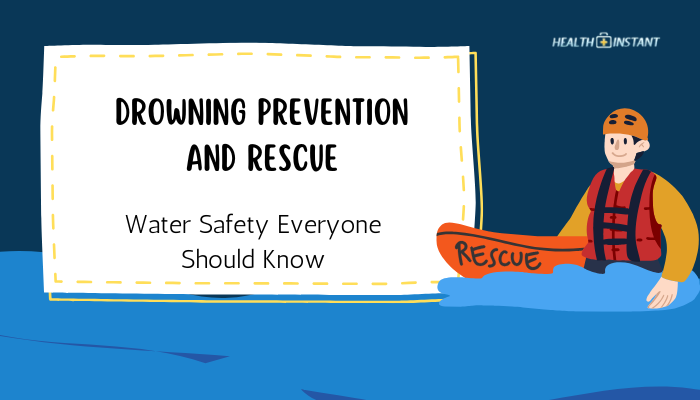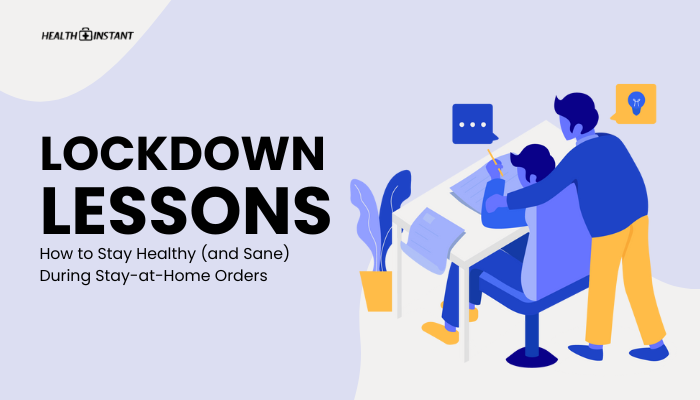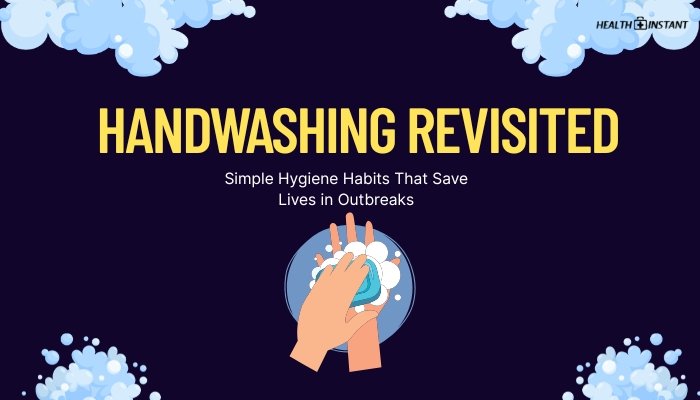Introduction
Cardiac arrest can happen suddenly and can strike anyone—young or old, active or sedentary. In these emergencies, time is critical: brain damage begins within minutes without blood flow. Cardiopulmonary resuscitation (CPR) helps circulate oxygenated blood until professional care arrives.
But many bystanders hesitate, unsure about rescue breaths or worried about doing something wrong. Hands-only CPR offers a straightforward approach, involving just chest compressions at an appropriate rate and depth. By learning this simplified technique, you could transform from a bystander into a lifesaver.
Why CPR Matters
- Immediate Action Saves Lives: Each minute of delayed CPR reduces survival rates by about 10%.
- Bystander Involvement: Most out-of-hospital cardiac arrests occur at home. A family member or friend’s quick response can double or triple a person’s chance of survival.
- Bridging the Gap: Hands-only CPR keeps blood circulating until paramedics arrive, preventing irreparable organ damage.
What Is Hands-Only CPR?
Hands-only CPR is a simplified form of CPR recommended for untrained bystanders or those uncomfortable providing rescue breaths. It involves:
- No Mouth-to-Mouth
- Only forceful chest compressions to pump blood.
- Only forceful chest compressions to pump blood.
- Faster Learning Curve
- Eliminates complexities of breath intervals or airway manipulation.
- Eliminates complexities of breath intervals or airway manipulation.
- Proven Effectiveness
- Studies show it’s nearly as effective as conventional CPR for adult sudden cardiac arrests in public settings.
When to Use Hands-Only CPR
- Adult Sudden Cardiac Arrest: If you see an adult suddenly collapse, who is unresponsive and not breathing normally, hands-only CPR is suitable until help arrives.
- Safe Environment: Ensure the scene is safe and the person truly needs CPR (unresponsive, no breathing or only gasping).
- Children or Drowning Victims: Traditional CPR (with rescue breaths) is recommended if the victim is a child or asphyxiation-related cases (e.g., drowning, drug overdose). If unsure, call emergency services for guidance.
Step-by-Step: Performing Hands-Only CPR
- Check Responsiveness
- Tap the person, shout “Are you okay?”
- If no response, call emergency services immediately.
- Tap the person, shout “Are you okay?”
- Positioning
- Kneel beside the victim.
- Place the heel of one hand on the center of the chest (lower half of the sternum).
- Put your other hand on top and interlock fingers.
- Kneel beside the victim.
- Compressions
- Push hard and fast, about 2 inches (5 cm) deep at a rate of 100–120 compressions per minute (like the tempo of “Staying Alive” or “Baby Shark”).
- Allow full chest recoil between compressions.
- Push hard and fast, about 2 inches (5 cm) deep at a rate of 100–120 compressions per minute (like the tempo of “Staying Alive” or “Baby Shark”).
- Do Not Stop
- Continue until the person shows signs of life, an AED becomes available, or trained professionals arrive.
- If you tire, switch with another bystander if possible.
- Continue until the person shows signs of life, an AED becomes available, or trained professionals arrive.
Common Misconceptions
- Myth: I’ll Hurt the Victim by Pressing Too Hard
- Reality: While fractures can occur, the risk is outweighed by saving a life.
- Reality: While fractures can occur, the risk is outweighed by saving a life.
- Myth: You Must Perform Mouth-to-Mouth for CPR to Work
- Reality: Hands-only CPR is adequate for most adult sudden cardiac arrests, though rescue breaths are essential in certain cases.
- Reality: Hands-only CPR is adequate for most adult sudden cardiac arrests, though rescue breaths are essential in certain cases.
- Myth: I Need Formal Training to Help
- Reality: Even a short instructional video can equip you with enough knowledge to make a difference.
Getting Trained
- Local Courses
- Community centers, Red Cross chapters, or fire departments often host CPR classes.
- Community centers, Red Cross chapters, or fire departments often host CPR classes.
- Online Resources
- Videos from reputable organizations (e.g., American Heart Association) demonstrate basic steps.
- Videos from reputable organizations (e.g., American Heart Association) demonstrate basic steps.
- Workplace Training
- Many employers arrange First Aid/CPR certifications for employees.
- Many employers arrange First Aid/CPR certifications for employees.
Consistent practice or refresher courses ensure that the critical steps become second nature.
Conclusion
Hands-only CPR transforms bystanders into lifesavers. By focusing on rapid, forceful chest compressions, you can sustain blood flow to vital organs until emergency responders arrive. Overcoming hesitations like fear of causing harm or not recalling exact mouth-to-mouth techniques is easier with this streamlined method.
The next time you see someone collapse, your knowledge and quick action might make the decisive difference. Seek out training, stay informed, and remember that immediate CPR could double or triple someone’s chance of survival.
References
- American Heart Association. (2020). Hands-only CPR guidelines.
- European Resuscitation Council. (2021). Basic life support recommendations.
- American Red Cross. (2019). CPR/AED training manual.
- Resuscitation Council UK. (2021). How to do hands-only CPR.
Disclaimer: This article provides general guidelines and does not replace certified training or professional medical advice. Always follow local protocols and contact emergency services when someone needs CPR.

